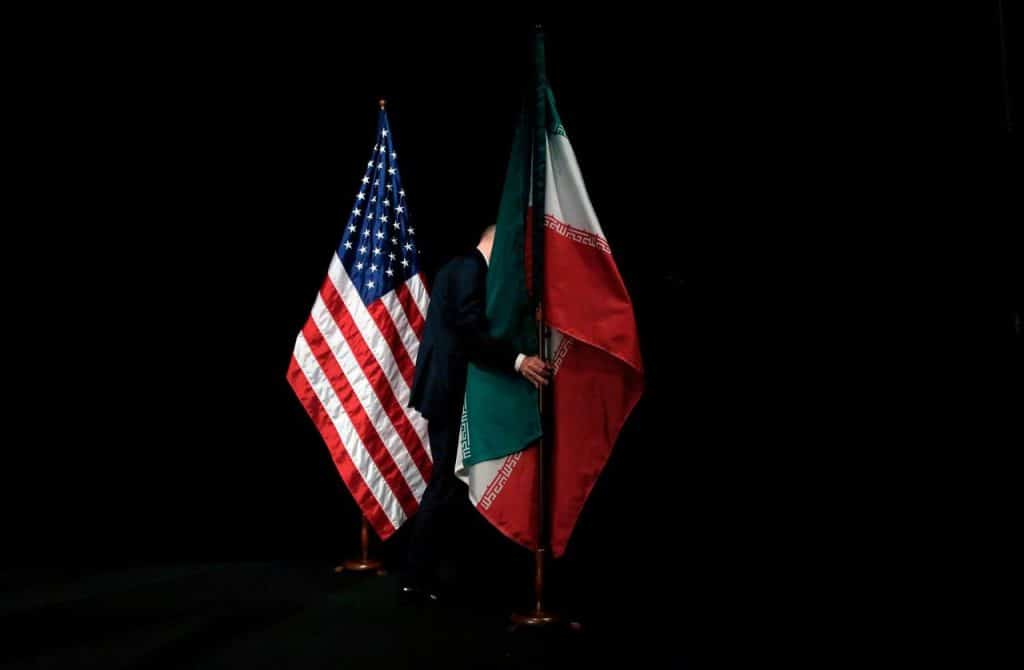Who leads the US sanctions efforts against Iran?
Eight months after Donald Trump, in a symbolic and reluctant move, signed an executive order reviving the maximum pressure policy against Iran, his administration’s envoy has now traveled to the Middle East to hold consultations in regional capitals to prepare the ground for new sanctions against Iran, part of the US government’s effort to revive a policy that failed during Trump’s first term and failed to achieve its stated goals.
John K. Hurley, a close confidant of Trump and a member of his security advisory team during his first term as a Republican, was confirmed by the US Senate last summer to serve as the country’s Undersecretary of the Treasury for Terrorism and Financial Intelligence.
Since then, he has been tasked with leading sanctions and economic pressure programs against the Islamic Republic of Iran, particularly in the context of the revival of the so-called “maximum pressure” policy.
John Hurley graduated from Princeton University in 1986 and then served in the U.S. Army for five years. He served as an artillery officer in the first Gulf War and is said to have received one of the highest military decorations in the United States.
After completing his military service, Hurley received his Master of Business Administration (MBA) from Stanford University in 1993 and entered the investment industry. He was an asset manager at Fidelity Investments and then at Bowman Capital before founding Cavalry Asset Management, a hedge fund focused on macro-financial markets and technology companies.
In addition to his economic activities, Hurley was a member of the President’s Intelligence Advisory Board (PIAB) from 2018 to 2021, which established his position in Washington’s security decision-making circle. This membership and closeness to Trump’s circle paved the way for his presence in the executive branch of the government.
After Trump’s re-election in 2024 and his return to the White House, Hurley was introduced as the main choice to guide financial and sanctions policies and, with the approval of the Senate, was officially appointed as the US Undersecretary of the Treasury for Terrorism and Financial Intelligence. He had said in a Senate hearing: “Countermeasures against destabilizing actors must be pursued with international coordination and seriousness.”
Hurley was the one who supported the return of Security Council resolutions against Iran within the framework of the rollback mechanism and imposed several new sanctions packages against institutions and individuals associated with Iran in September 2025. Now, on his way to the UAE, Turkey, Lebanon and the occupied Palestinian territories, he has stated that the main goal of his consultations is to increase financial pressure and coordinate the implementation of new sanctions against Iran.
From this perspective, John Hurley can be considered one of the main figures leading the Trump administration’s anti-Iran strategy, who is now responsible for building a sanctions network and advancing pressure against Iran. A development that, along with Washington’s claim for a new nuclear agreement with Iran in exchange for the lifting of sanctions, has increased doubts about the White House’s intentions.
Esmail Baghaei, the spokesman for the Iranian Ministry of Foreign Affairs, previously stated to reporters that the conditions for a meaningful dialogue with the United States are not yet in place. Emphasizing that the rights and interests of the Iranian nation must be respected, he noted: The opposing parties must accept that the Islamic Republic of Iran has inalienable rights based on the indisputable principles of international law and the Non-Proliferation Treaty.
He emphasized: In no negotiation are we going to unilaterally give up our indisputable rights. If this realistic understanding and respect for Iran’s rights are created on the other side, we can say that the conditions for a meaningful dialogue are in place, but in the current situation, I do not think we have reached that stage.

